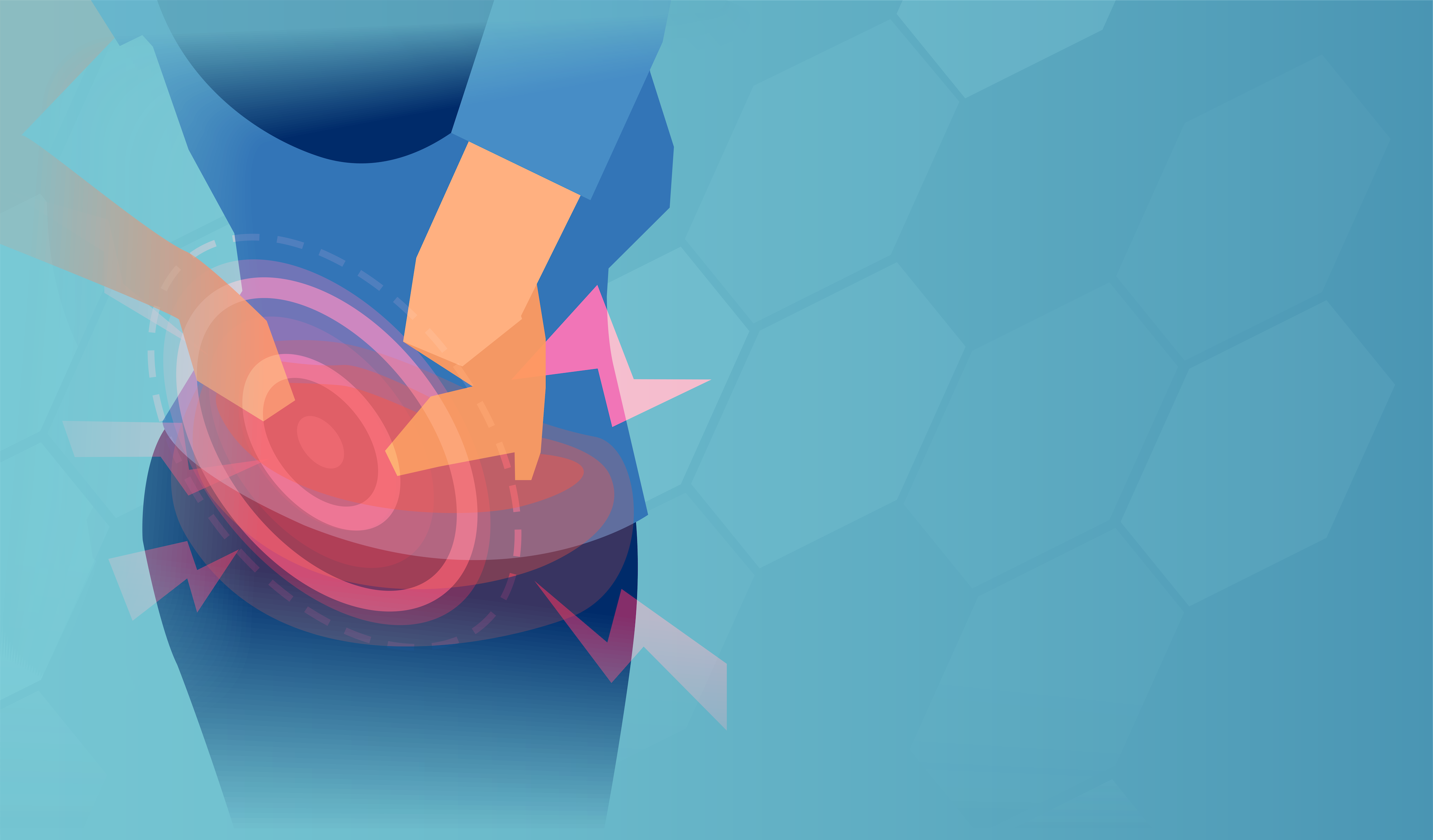Chronic pain can be devastating. You wonder if you’ll ever feel normal again. You’ve tried everything…. pills, chiropractic, miracle cures, injections. Or you spend time trying to find the right surgical solution, but no one can guarantee that surgery will fix the problem and might even make it worse. You wonder if you’ll have to live like this forever.
Pain is tricky. It’s different for every human, and every human responds to pain differently. Acute pain is typically caused by tissue damage. Most of the time, once tissues heal, the pain goes away. However, for some people, even though tissues are healed, the pain does not go away. The nervous system ramps up and over-responds. This is considered chronic pain.
The natural response for a body in pain is to cease movement, freeze, and immobilize. This is true for both acute and chronic issues plaguing any living, breathing human. And that’s okay! It’s nothing more than our protective instinct saying, “Hey, that’s not safe, how about play over here in the baby pool,” as if your mother was giving you a gentle warning. After a few days, we go back to our normal movement tendencies and routines. But in the case of chronic issues, that voice becomes louder, like when your mother calls your first AND middle name in one warning. That’s when things begin to get serious. Your brain is simply trying to get your attention.
Chronic pain is a very complex phenomenon, and the top researchers are just starting to understand it. On one hand, you have John who broke his leg and recovered easily after two surgeries and rehab. On the other hand, you have Jane, who has never broken a bone or been in an accident but suffers from chronic back pain that has persisted for years. Why? Because chronic pain is an experience, not a tissue issue. Chronic pain evolves due to the over-amplification of our nervous system’s response to a perceived threat. It can be magnified due to physical stress on the body or even emotional stress, such as anxiety or depression with or without any actual physical injury (McGonigal 2009). Some might see this as bad news when this becomes the diagnosis, losing hope that they’ll never recover.
But there is good news.
Because experiencing chronic pain is an imperfection in the mind-body relationship, relief comes from reestablishing that relationship. This is the perfect time to involve a Physical Therapist to help you design a plan of action. You may find yourself mixing manual therapy with other treatment methods. Your brain and body can be re-trained to understand a new normal.
Advances in neuroscience have refined our understanding of chronic pain, and our physical therapists now incorporate pain neuroscience interventions into treatment for patients with Chronic Pain.
- Chronic pain can be reduced, managed, or sometimes eliminated with pain neuroscience education (PNE).
- Our PTs incorporate PNE into treatment in many ways.
PNE Personalized Treatment Plans
Your Physical therapist understands all pain is real. Your PT can design a treatment plan that is specifically targeted to treat chronic pain, which they know how to deal with. This contrasts with acute pain, which often serves a useful purpose, such as alerting us to danger or incorrect movements and is self-limiting.
The first thing physical therapists do during treatment is to do a thorough evaluation and identify causes and contributors to a patient’s pain. Once this is identified, and the patient’s mobility and functional goals are clear, the therapist will design a treatment plan that deals specifically with the patient’s pain contributors. This is often a combination of exercise, manual therapy, stress management, sleep hygiene, and pain neuroscience education. New advances in healthcare technology have allowed us to treat chronic pain even more efficiently through pain neuroscience education.
The longer you ignore pain, the worse it often gets. If you’re looking to connect with a chronic pain specialist, our team is ready to help. Reach out today for a discussion and evaluation with our Physical Therapists to find a treatment plan that works for you. We’ve made speed a priority with quick and easy scheduling.
Yoga for Chronic Pain
Yoga works to mend that connection through breath, movement, and awareness—and it doesn’t require you to sweat or stand on your head. Through physical exercise or movement, the brain can release chemicals to suppress physical pain (Dietrich, McDaniel 2004). What’s even better? Mindfulness and meditation can also play a role in reducing future pain signals by calming down that, over-amplified alarm system—all of which can be done from your home or even bed, and don’t require you to purchase the latest yoga pants.




